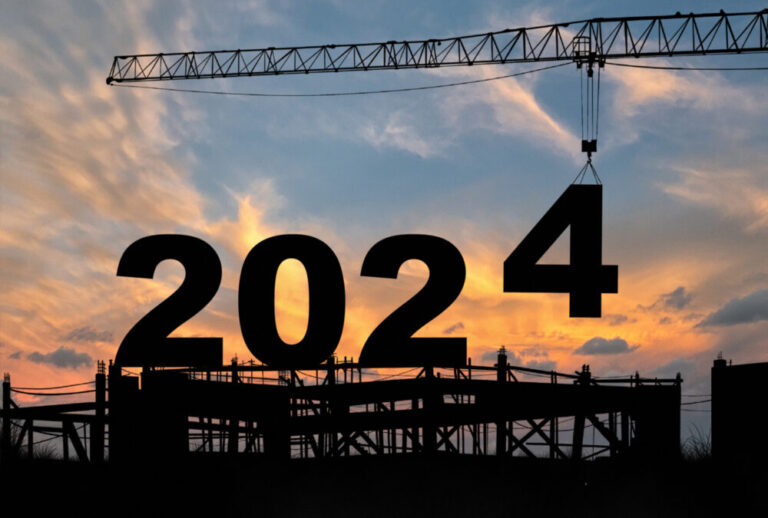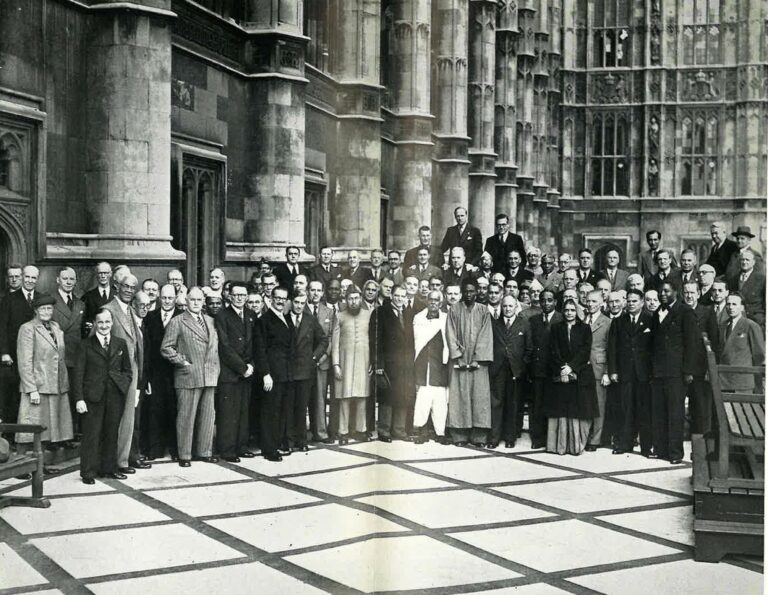1997 Jeep Wrangler Engines For Sale: Your Ultimate Guide to Powering Your TJ
1997 Jeep Wrangler Engines For Sale: Your Ultimate Guide to Powering Your TJ jeeps.truckstrend.com
The 1997 Jeep Wrangler, affectionately known as the TJ, holds a special place in the hearts of off-road enthusiasts and casual drivers alike. Marking the return to round headlights and a more traditional Jeep aesthetic after the YJ, the TJ combined rugged capability with improved coil-spring suspension, offering a significantly smoother ride and enhanced articulation. This blend of classic Jeep charm and modern comfort has made the 1997 TJ a highly sought-after vehicle, enduring the test of time and countless adventures.
However, even the most robust vehicles eventually face the inevitable wear and tear of age and mileage. For many 1997 Jeep Wrangler owners, the time may come when the original engine, after years of faithful service, needs replacement or a significant overhaul. Whether due to catastrophic failure, excessive wear, or the desire for an upgrade, navigating the world of 1997 Jeep Wrangler Engines For Sale can seem daunting. This comprehensive guide aims to demystify the process, offering practical advice, crucial considerations, and actionable insights to help you find the perfect heart for your beloved TJ.
1997 Jeep Wrangler Engines For Sale: Your Ultimate Guide to Powering Your TJ
Understanding the 1997 Jeep Wrangler Engine Options
Before diving into the market for 1997 Jeep Wrangler Engines For Sale, it’s essential to understand the two primary engine options offered in this model year. The TJ generation (1997-2006) came with a choice of two reliable powerplants, both known for their durability but differing significantly in performance characteristics:
-
2.5L AMC Inline-4 (I4) Engine:
- Specifications: Produces approximately 120 horsepower and 140 lb-ft of torque.
- Pros: Generally more fuel-efficient, lighter weight, simpler design, and often cheaper to purchase. It’s perfectly adequate for light trail use and daily commuting.
- Cons: Lacks power for highway passing, towing, or aggressive off-roading, especially when larger tires are installed.

-
4.0L AMC Inline-6 (I6) Engine:

- Specifications: Generates around 181 horsepower and 222 lb-ft of torque.
- Pros: Legendary for its bulletproof reliability, abundant low-end torque, and excellent power delivery. This engine is a favorite among off-roaders for its ability to tackle challenging terrain and handle larger tire setups. It offers much better highway manners and towing capability.
- Cons: Less fuel-efficient than the 2.5L and heavier, which can slightly impact front-end articulation if not accounted for.

Identifying which engine your 1997 Wrangler originally came with, or which one you desire for a swap, is the crucial first step when looking for 1997 Jeep Wrangler Engines For Sale.
Why Search for 1997 Jeep Wrangler Engines For Sale?
There are several compelling reasons why a 1997 Jeep Wrangler owner might be in the market for a new engine:
- Catastrophic Failure: The most common reason. This could include a thrown rod, seized engine, severe overheating damage, or irreparable block/head cracks.
- High Mileage & Wear: Engines with hundreds of thousands of miles may suffer from excessive oil consumption, low compression, persistent knocking, or multiple worn-out components, making replacement more cost-effective than a full rebuild.
- Performance Upgrade: Owners of the 2.5L I4 often seek to swap in the more powerful 4.0L I6 to enhance their Wrangler’s capability for off-roading or simply for better daily driving performance.
- Restoration Project: For those undertaking a full restoration of a classic TJ, a fresh engine is often a key component to ensure longevity and reliability.
Purchasing a new or remanufactured engine can save significant time compared to rebuilding your existing one, and often comes with the peace of mind of a warranty.
Types of 1997 Jeep Wrangler Engines For Sale
When exploring options for 1997 Jeep Wrangler Engines For Sale, you’ll encounter several categories, each with its own advantages and drawbacks:
-
Used / Salvage Yard Engines:
- Description: Engines pulled from wrecked or decommissioned vehicles.
- Pros: The most budget-friendly option.
- Cons: Unknown history, mileage, and internal condition. High risk of hidden issues. Typically sold "as-is" with very limited or no warranty.
- Tips: If considering a used engine, always ask for the VIN of the donor vehicle, evidence of it running (video), and ideally, compression test results. Inspect thoroughly for leaks, cracks, and damage.
-
Remanufactured / Rebuilt Engines:
- Description: Your old engine is taken, disassembled, cleaned, inspected, and critical wear components (pistons, rings, bearings, camshaft, valves, seals, gaskets) are replaced with new or reconditioned parts. The engine block and cylinder head are machined to factory specifications.
- Pros: Significantly more reliable than used engines, often come with a substantial warranty (1-3 years, unlimited mileage is common), and are built to meet or exceed OEM standards. Offers excellent value for money.
- Cons: More expensive than used engines, but a wise investment for long-term reliability.
- Where to find: Reputable engine remanufacturers (e.g., Jasper Engines & Transmissions, ATK, Fraser Engines), specialized local engine builders, and major auto parts suppliers.
-
New Crate Engines (OEM or Aftermarket):
- Description: Brand new engines, often assembled by the original manufacturer (Mopar) or licensed aftermarket companies.
- Pros: Ultimate reliability, often comes with a comprehensive warranty.
- Cons: Extremely expensive and increasingly rare for older models like the 1997 TJ. Availability may be limited to specific performance-oriented versions or long blocks.
-
Engine Swap Kits (e.g., LS Swap, Hemi Swap):
- Description: Installing a completely different, often more modern and powerful, engine (like a GM LS series or Chrysler Hemi V8) into your Wrangler.
- Pros: Dramatically increased horsepower and torque, modern engine management, and potentially better fuel economy with newer technology.
- Cons: Very expensive, highly complex, requires extensive modifications (motor mounts, transmission, wiring harnesses, exhaust, cooling, axles), not a plug-and-play solution. Often requires professional installation and may have legality/emissions challenges in some regions. This is an advanced option for dedicated builders.
Key Considerations Before Purchasing 1997 Jeep Wrangler Engines For Sale
Making an informed decision about 1997 Jeep Wrangler Engines For Sale requires careful thought:
- Budget: Establish a realistic budget that includes not just the engine cost, but also shipping, core charges, ancillary parts (see below), and installation labor (if not DIY).
- Condition and Warranty: For used engines, verify condition as much as possible. For remanufactured engines, scrutinize the warranty terms (duration, mileage, what’s covered, installation requirements). A strong warranty is a significant indicator of quality.
- Compatibility: Ensure the engine is the correct year and model for your 1997 TJ. While 1997-2006 TJ engines are largely interchangeable, there can be minor sensor or accessory differences, especially with later years. Confirm the specific engine code and production date if possible.
- Core Charge: Most remanufactured engines require you to return your old engine (the "core"). A core charge is a refundable deposit you pay upfront, which is returned once your old engine is received and deemed rebuildable. Factor this into your initial cost.
- Shipping Costs: Engines are heavy. Get clear quotes on shipping, especially if buying from an online vendor far away. Consider liftgate service if you don’t have a forklift or loading dock.
- Ancillary Parts: What’s included with the engine? Most 1997 Jeep Wrangler Engines For Sale as "long blocks" do not include accessories like the intake manifold, exhaust manifold, throttle body, alternator, power steering pump, AC compressor, starter, or even spark plugs and wires. You’ll typically need to transfer these from your old engine or purchase new ones. Budget for new gaskets, seals, fluids, and potentially a new water pump, thermostat, and motor mounts.
- Installation Expertise: Do you have the tools, space, and mechanical knowledge to perform an engine swap yourself? If not, factor in professional shop labor costs, which can be substantial. Get multiple quotes.
Where to Find 1997 Jeep Wrangler Engines For Sale
- Specialized Engine Suppliers: Companies like Jasper, ATK, Fraser, and S&J Engines are major players in the remanufactured engine market. They offer comprehensive warranties and often nationwide shipping.
- Online Marketplaces: eBay, Craigslist, and Facebook Marketplace can be sources for used engines, but exercise extreme caution due to varying seller reliability and lack of guarantees.
- Local Salvage Yards/Junkyards: A good option for used engines if you can inspect them in person. Build a relationship with a reputable yard.
- Jeep Forums & Enthusiast Groups: Online communities (e.g., TJ Forum, Wrangler Forum, Facebook groups) sometimes have members selling used engines or can recommend local sources.
- Local Auto Parts Stores: Many major chains (AutoZone, O’Reilly, Advance Auto Parts) can order remanufactured engines from their suppliers.
Tips for a Successful Purchase and Installation
- Do Your Homework: Research potential sellers and engine builders thoroughly. Read reviews and check their reputation.
- Ask Detailed Questions: For used engines, inquire about mileage, donor vehicle history, any known issues, and request photos/videos. For remanufactured, ask about the warranty specifics and the rebuild process.
- Get It in Writing: Any warranty or guarantees should be clearly documented.
- Inspect Upon Delivery: Before signing for the delivery, carefully inspect the engine for any shipping damage. Take photos of any issues.
- Replace Wear Items: When installing your "new" engine, it’s highly recommended to replace the water pump, thermostat, spark plugs, wires, all fluids (oil, coolant), all gaskets and seals that are easily accessible, and motor mounts. This ensures maximum longevity and prevents immediate future issues.
- Follow Break-In Procedures: If you purchase a new or remanufactured engine, strictly follow the manufacturer’s recommended break-in procedure to ensure proper ring seating and optimal engine life.
Potential Challenges and Solutions
- Finding a Reliable Used Engine: It’s a gamble. Solution: Be patient, expand your search radius, and insist on comprehensive documentation (compression tests, running video, VIN).
- Compatibility Issues: Even within the same model year, minor sensor or wiring differences can arise. Solution: Double-check part numbers, compare connectors, and consult factory service manuals.
- Shipping Damage: Engines are heavy and can be mishandled. Solution: Inspect thoroughly upon arrival, document damage with photos, and refuse delivery if severe.
- Unexpected Installation Costs: New ancillary parts or unforeseen issues can add up. Solution: Budget at least 20-30% extra for contingencies.
- Warranty Claims: If an issue arises post-installation. Solution: Keep all purchase receipts, installation records, and follow the warranty claim process precisely.
Estimated Price Table for 1997 Jeep Wrangler Engines For Sale
Please note that these are estimated price ranges in USD and can vary significantly based on the supplier, engine condition, mileage (for used), included accessories, core charges, and current market demand.
| Engine Type | Condition | Estimated Price Range (USD) | Typical Inclusions | Typical Warranty |
|---|---|---|---|---|
| 2.5L I4 | Used (Salvage) | $800 – $2,000 | Long block (no accessories) | As-is, 30-90 day limited |
| 2.5L I4 | Remanufactured | $2,000 – $3,500 | Long block (new internals, machined) | 1-3 years, unlimited mileage |
| 4.0L I6 | Used (Salvage) | $1,000 – $2,500 | Long block (no accessories) | As-is, 30-90 day limited |
| 4.0L I6 | Remanufactured | $2,500 – $4,500 | Long block (new internals, machined) | 1-3 years, unlimited mileage |
| LS/Hemi Swap | Used/Crate (Engine Only) | $4,000 – $10,000+ | Engine only (requires full swap kit) | Varies (none for used, limited for crate) |
Disclaimer: These prices do not include shipping costs, core charges, installation labor, or the cost of new ancillary parts (e.g., water pump, spark plugs, fluids, gaskets).
Frequently Asked Questions (FAQ) about 1997 Jeep Wrangler Engines For Sale
Q: What’s the difference between a long block and a short block engine?
A: A short block typically includes the engine block, crankshaft, connecting rods, and pistons. A long block includes everything in a short block, plus the cylinder head(s), camshaft, and valve train components. Most 1997 Jeep Wrangler Engines For Sale as remanufactured units are long blocks.
Q: Can I put a 4.0L engine in my 2.5L Wrangler?
A: Yes, it’s a common and popular swap, but it’s not a simple bolt-in. You’ll need the 4.0L engine, its corresponding engine mounts, a different transmission (or an adapter), a different PCM (Powertrain Control Module), and potentially changes to the exhaust, wiring, and cooling system. It’s a significant project.
Q: How long does a 1997 Jeep Wrangler engine typically last?
A: Both the 2.5L and especially the 4.0L are known for their longevity. With proper maintenance, the 4.0L can easily exceed 200,000 to 300,000 miles. The 2.5L is also durable but might show wear signs earlier due to working harder.
Q: Do I need to replace the transmission when I replace the engine?
A: Not necessarily. If your transmission is in good condition, you can usually mate it to the new engine (assuming it’s the same engine type). However, if you’re swapping from a 2.5L to a 4.0L, you will need a different transmission designed for the 4.0L’s bell housing pattern and torque.
Q: What is a core charge, and how does it work?
A: A core charge is a deposit you pay when buying a remanufactured engine. It incentivizes you to return your old, "core" engine, which the rebuilder will then use for future remanufacturing. Once your old engine is returned and inspected (to ensure it’s rebuildable), the core charge is refunded.
Q: Is it better to rebuild my old engine or buy a remanufactured one?
A: This depends on the extent of damage to your old engine and your budget/timeline. If your engine has catastrophic damage (e.g., cracked block, irreparable head), a rebuild might not be feasible or cost-effective. A remanufactured engine is often faster, comes with a warranty, and is built by specialists. Rebuilding your own can be cheaper if you do the labor, but finding a reputable machine shop and sourcing quality parts is key.
Conclusion
Finding the right 1997 Jeep Wrangler Engines For Sale is a crucial step in revitalizing your beloved TJ. By understanding the engine types, assessing your needs, and carefully considering your options, you can make an informed decision that ensures your Wrangler continues to deliver reliable performance for years to come. Whether you opt for a budget-friendly used engine, a reliable remanufactured unit, or embark on an ambitious engine swap, the journey of restoring power to your 1997 Jeep Wrangler is a rewarding one, promising many more miles of adventure on and off the beaten path. Choose wisely, and your TJ will thank you with decades of trail-blazing memories.





